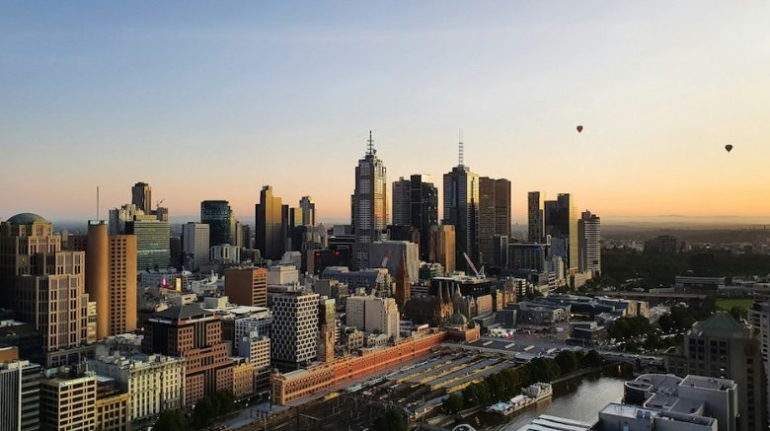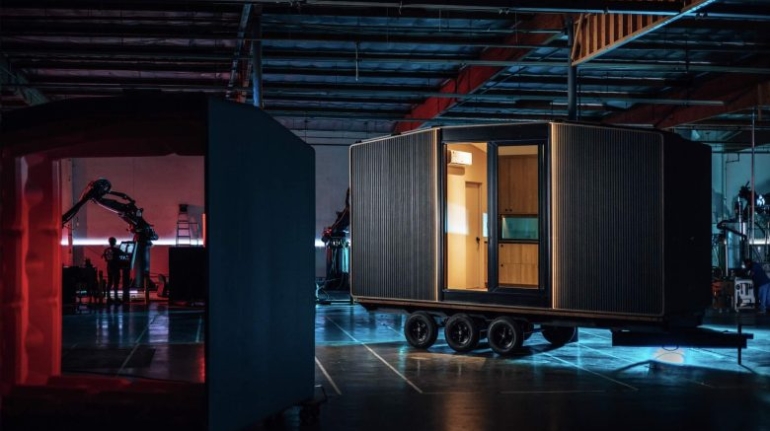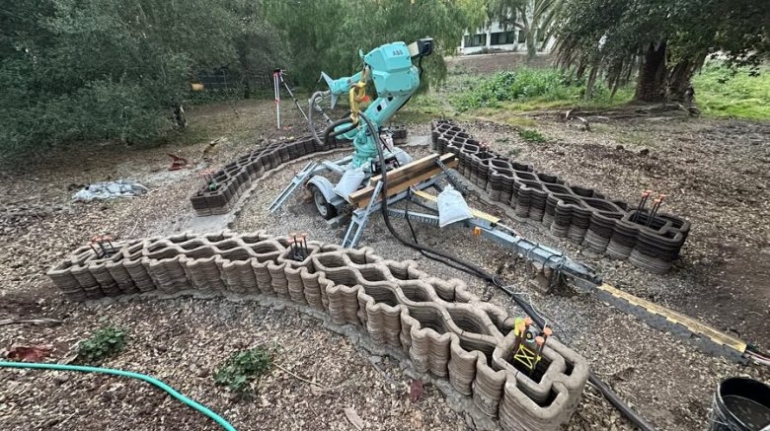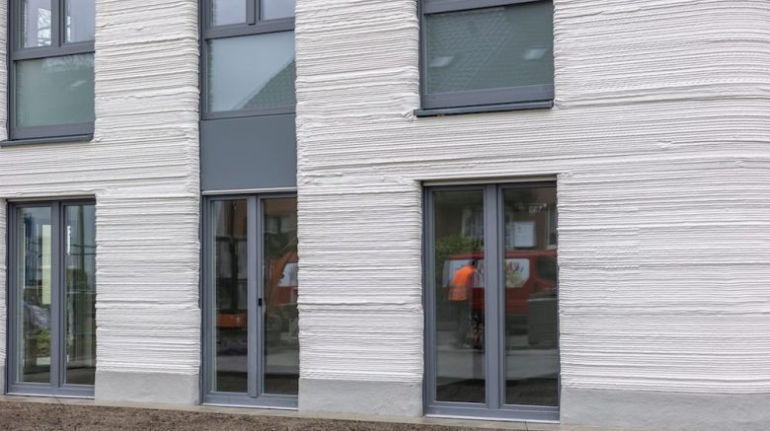Luyten CEO to live in 3D printed multi-storey home in Melbourne Construction 3D Printing
Luyten, an Australian construction 3D printing firm, is breaking ground on a new project in its home city of Melbourne. When complete, the 350-square-meter build will be Australia’s first multi-storey 3D printed home and will be lived in by none other than Luyten’s CEO and Global President Ahmed Mahil in an effort to demonstrate the viability of 3D printed homes.





